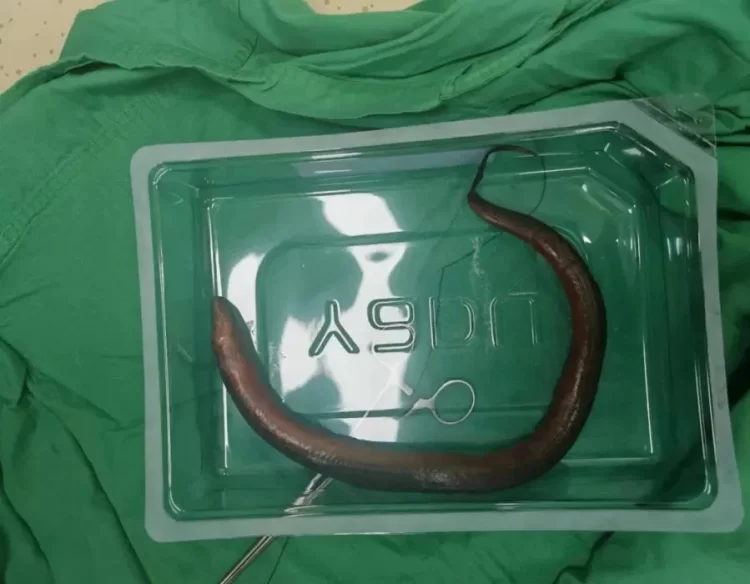Boris “Boriska” Kipriyanovich, a 21-year-old boy from Volgograd, Russia, claims that he lived on Mars in a previous life until a nuclear war destroyed the atmosphere and all civilization on the red planet. He was then reborn on Earth, but remembers his previous life.
Boriska began claiming to be from Mars at age three, but his mother, Nadezhda , says that she knew her boy was special since he came into this world. She claims to have felt no pain during labor, and that when she held Boris in her arms for the first time, he looked at her with the focused look of an adult. He allegedly went on to hold his head up unsupported at only two weeks old and spoke his first word by 4 months. Boriska’s mother claims that by the age of one and a half was able to read, draw and paint, and had enrolled him in kindergarten by age 2. His incredible memory and language skills were soon noticed by his teachers.









